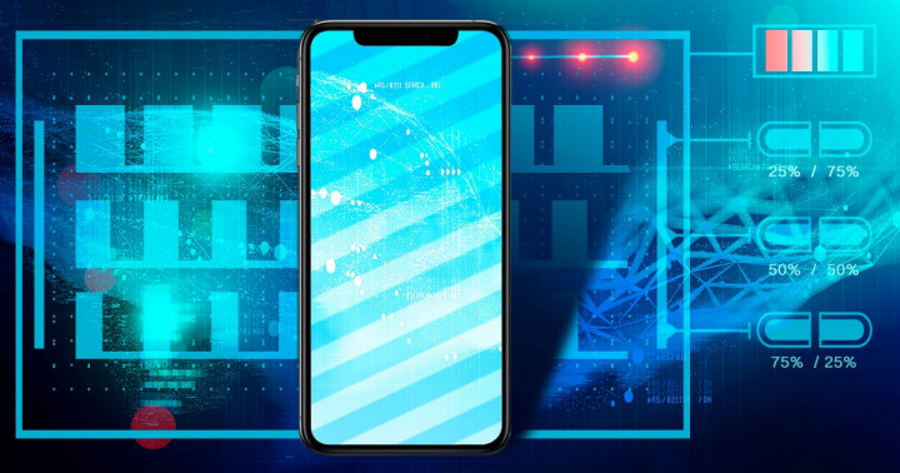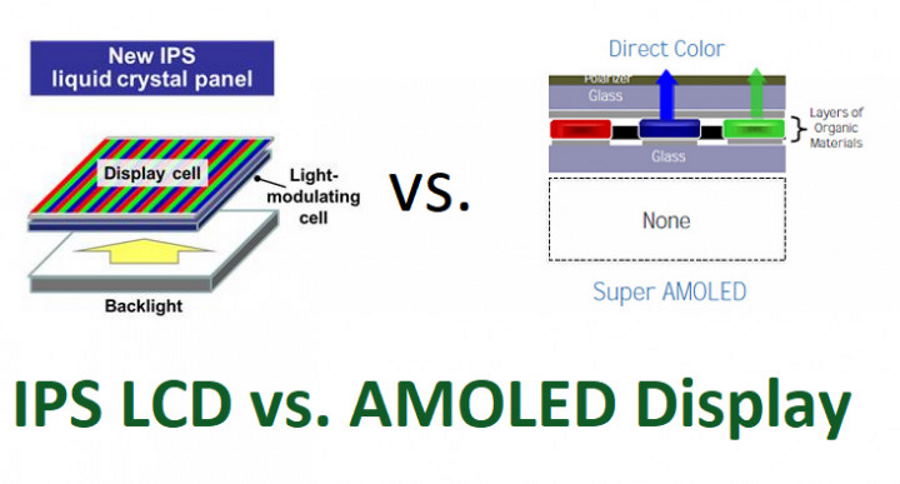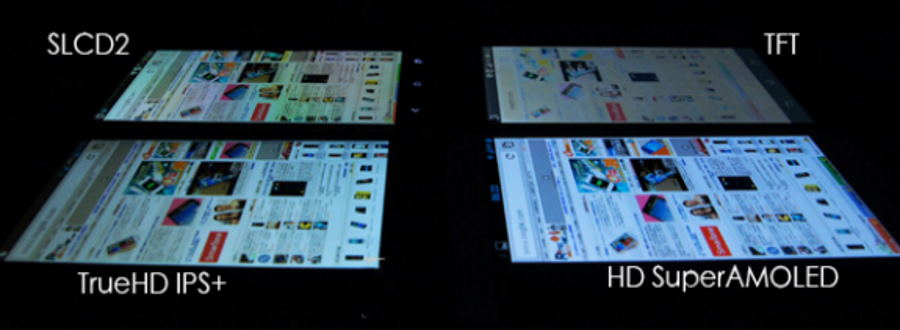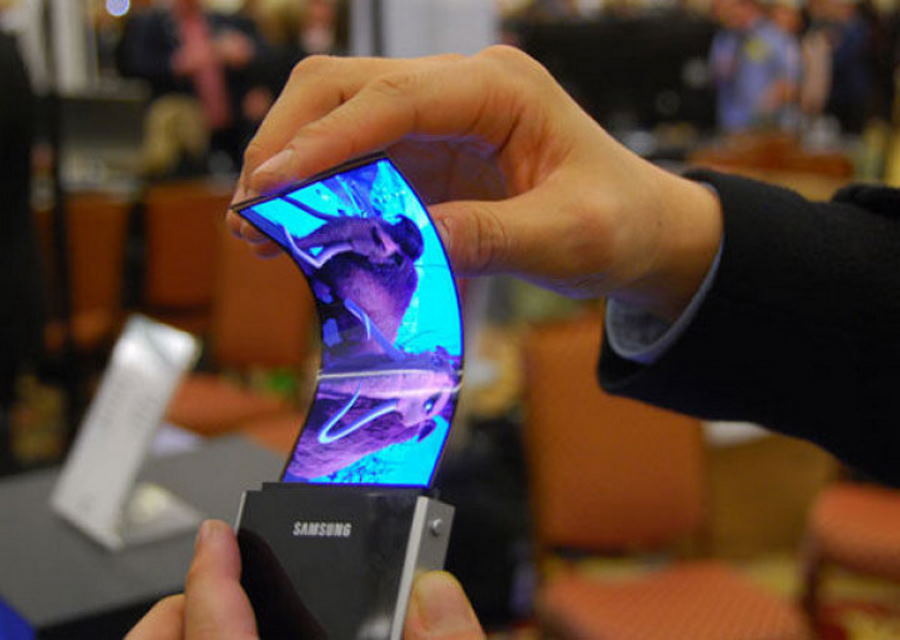
The key detail of any modern smartphone is its display. And today we want to draw attention
Burnout AMOLED
The most topical topic discussedmost often, and still in the top is a burnout of pixels. Without introductions and technical details - the AMOLED matrix consists of pixels that glow when the current is supplied to them, and turn off when the current ceases to be supplied. There are also blue subpixels, they glow dimly, so increased voltage is applied to them. And now they just burn out first (they just burn out like bulbs from time to time), while black spots appear on the screen.

So, right away about the scale of the problem - it’s bloatedto universal proportions, since in practice a scanty number of users face burnout. In addition, after realizing the problem (and this was a long time ago), manufacturers took care of this and programmatically solved the problem. In fact, they acted simply: everything that is static in the interface, they are shifted from time to time by a pixel or two, and it turns out that there is no constant overvoltage to the same pixels. The human eye does not catch such a shift at all, but the matrix from this significantly prolongs its life.

Does IPS burn out?
IPS displays use a different principleglows, pixels here are like filters, windows that close and open, if simplified. And the glow here creates LED elements. Hence, the burning out of some pixels does not happen, the backlight works immediately on everything. Of course, sooner or later it all ends, but this process will take more time than this smartphone in general will exist for you.

Is IPS wrong black?
Regarding the black IPS matrix problem,then it is described as follows - the black color is dark gray, but not black. In general, this is true since pixels cannot completely outshine the backlight. Even if you fill everything with black, in the dark you will see that there is a glow inside. In older matrices, filtering was worse, and black was really gray. Nowadays, modern IPSs practically do not miss glare, and black color is as close as possible to that.

Flickering AMOLED
Yes, AMOLED matrices tend to flicker, itscalled PWM. This phenomenon is due to the principle of operation of this technology. To reduce the brightness of the glow for each pixel, the current is supplied in pulses, that is, in short bursts. If you set the average brightness on the display, you won’t notice flicker (as well as at high brightness), but if you need to set a lower brightness for the dark, then PWM can already be noticed.
Is it harmful to the eyes? In general, long reading from the screen in the dark is not quite useful in itself, and when reading from IPS matrices, the eyes will also get tired, but only from other characteristics and parameters (the same low contrast). So, flicker cannot be called a serious flaw.

OLED is more expensive
The statement is fair, and from this until nowheredon't leave. Indeed, OLED is more expensive at this stage because production is more complicated. However, soon such matrices will become cheaper, mainly because they will simply displace IPS from the mobile gadget market. This is due to two good reasons: firstly, OLED screens are much thinner, you can create very thin plates. But we know what kind of struggle is going on in terms of the thickness of the case - it’s not millimeters that count, but fractions of millimeters. Secondly, OLED can be bent, which has recently become a very serious advantage, because on the horizon there is almost a change in form factors.